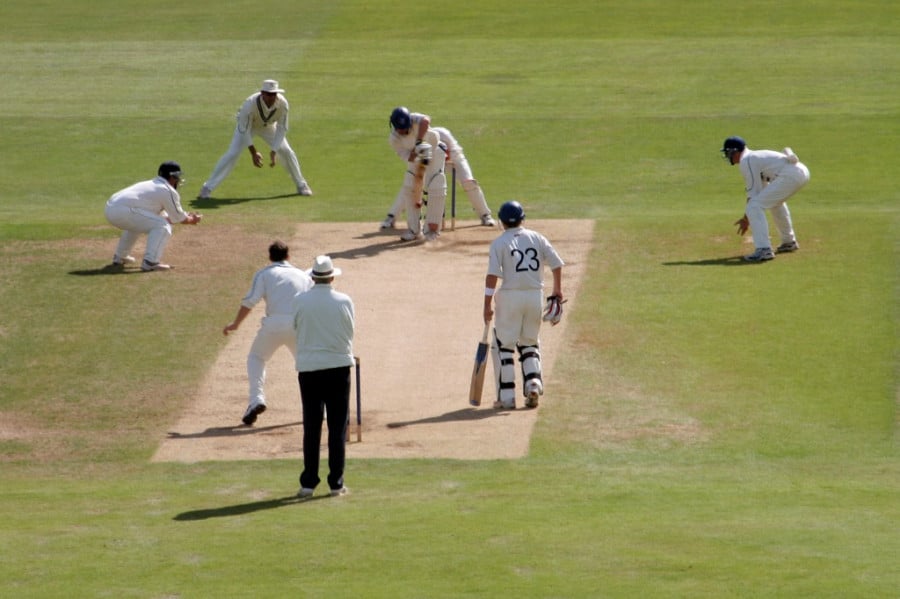Driving free-to-air cricket in England: the latest broadcasting deals and the "listed events" regime

Live Test cricket has returned to free-to-air television[1] for England’s tour of India after Star India, the worldwide rights holder for broadcasting cricket played in India,[2] accepted a bid from Channel 4[3] for live UK coverage. This was despite the fears of late bids from Sky and BT. The return of live Test cricket to free-to-air television after 16 years provides a timely reminder of how, in recent years, it has become increasingly difficult to watch live international cricket unless you have certain pay-tv subscriptions.
Having been starved of international cricket on free-to-air television since the heroics of the 2005 Ashes series, English cricket fans were given a taster of the ‘good old days’ in July 2020, when the World Cup Final between England and New Zealand was simultaneously broadcast on Channel 4 and Sky[4] after a last minute deal. The peak audience of 8 million, with 4.5 million of those watching on Channel 4[5], demonstrates that there is still an appetite for live cricket.
However, although these numbers sound promising, participation figures suggest that there has been a decline in the popularity of cricket in England. One survey estimates that the number of people (16 years and older) participating in cricket at least once a month went from approximately 419,500 in 2007/8 to approximately 278,600 in 2015/16 (further details here[6]). Some argue that this is due, at least in part, to a reduced exposure to the game following the England Cricket Board’s (ECB) decision to grant exclusive rights to televise international cricket to subscription-based tv provider, Sky, after the 2005 Ashes series. However, others, including the ECB[7], consider that the TV deals with Sky have provided much needed cash reserves for the English game, particularly with the current impact of Covid-19 on sport (where matches have had to be played behind closed doors to ensure that certain funds from broadcast were received to keep the sport afloat).
Test cricket is contained in “Group B” of the list of events recognised by the Department for Digital, Culture, Media and Sport (DCMS) as being of national interest. The result being that only the highlights of Test cricket are protected under the listed events regime and the rights to live coverage go to the highest bidder. Since 2005, pay-tv broadcasters have always outbid free-to-air broadcasters.
This article aims to explain the listed events regime. It will:
- set the scene with a brief history of English cricket broadcasting deals and a comparison between the World Cup Final viewing figures and those of other sporting events; and
- explain the listed events regime, specifically what it means to be a “Group A” and “Group B” event, and the factors taken into account when deciding whether a sporting event should be listed.
To continue reading or watching login or register here
Already a member? Sign in
Get access to all of the expert analysis and commentary at LawInSport including articles, webinars, conference videos and podcast transcripts. Find out more here.
- Tags: Broadcasting | Broadcasting Act 1996 | Cricket | Free to Air | Listed Events | Media Rights | Ofcom | Ofcom Code | Regulation | United Kingdom (UK)
Related Articles
- DCMS Free to Air Events Review - a full match report and a look ahead to next season
- Listed Events and free-to-air TV: have the Aussies got anything right that we haven’t?
- The effect of the BT UEFA broadcasting deal on UK Listed Events
- The Olympics TV deal & UK listed events: what are the options for Discovery in the UK?
- Mandatory Sharing of Sports Broadcast Signals in India: Part 1 – A review of STAR Sports v. Prasar Bharati
- Broadcasting 'Listed' sports events in the UK: what changes on the horizon?
Written by
William Procter
Will is a newly qualified corporate lawyer. He has experience advising both buyers and sellers on M&A in various sectors. He also advises clients on corporate governance matters, such as articles of association and shareholder agreements




